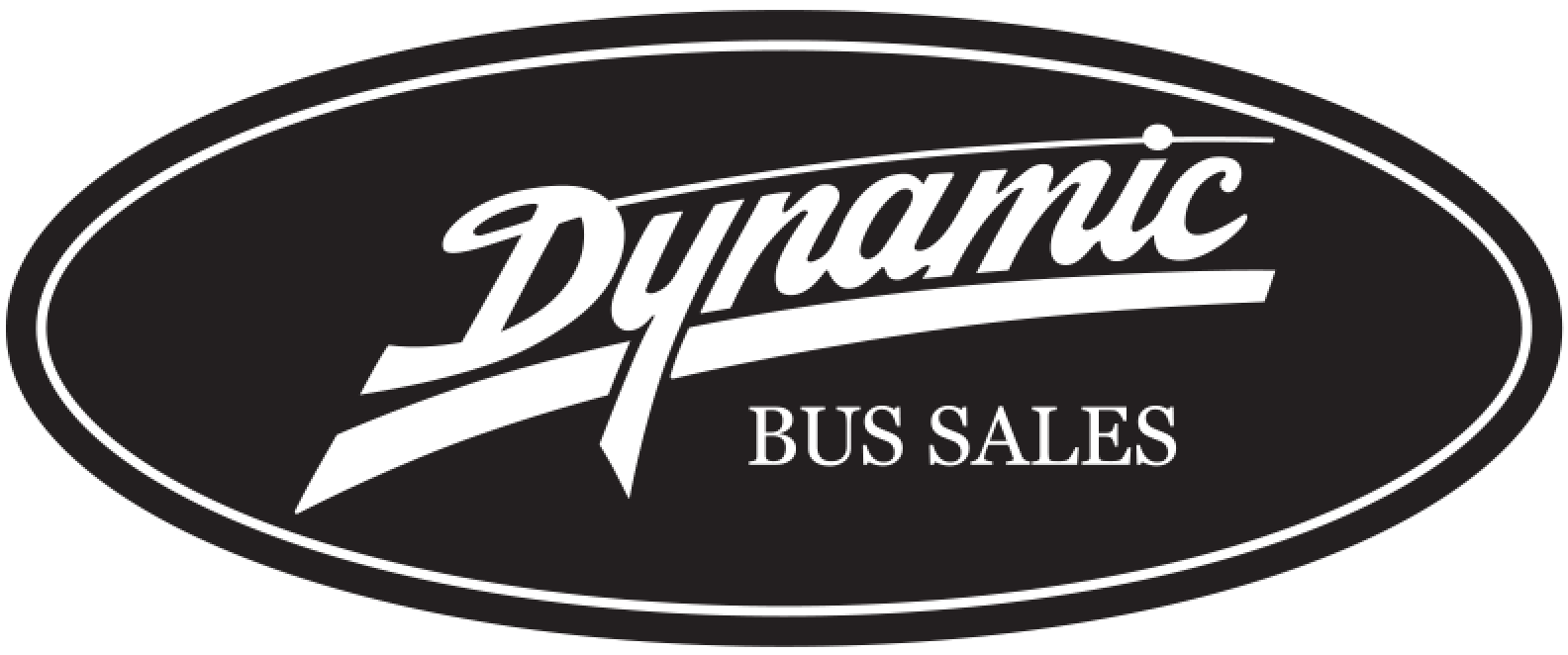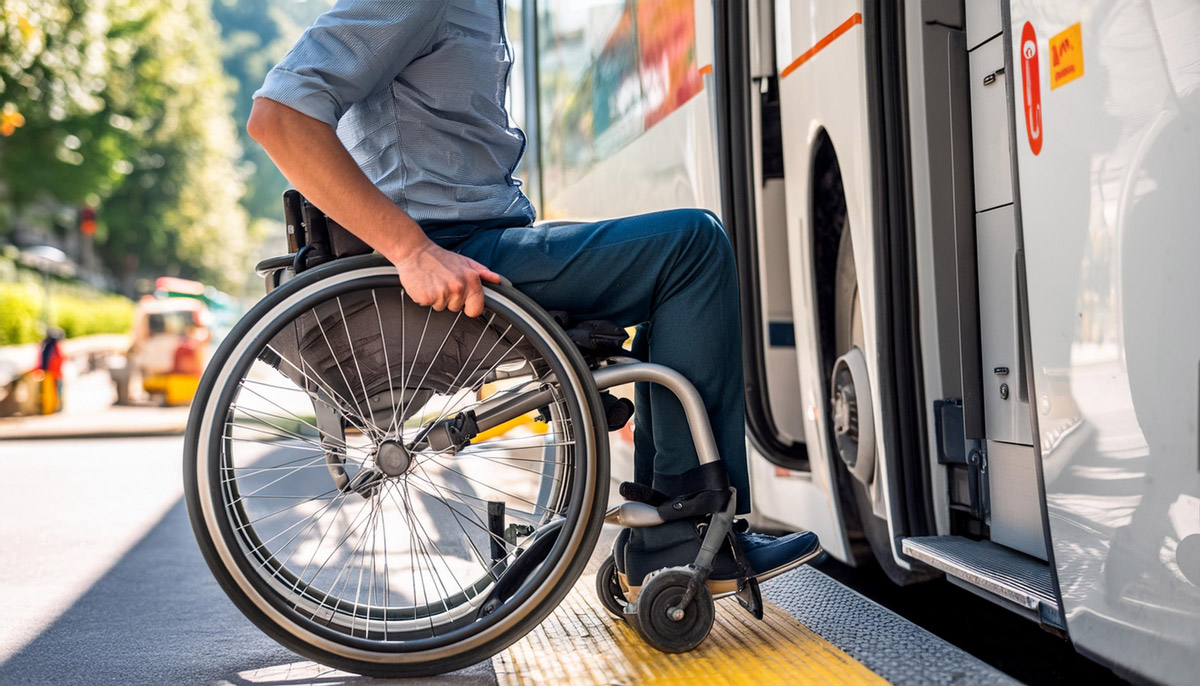What Seating Configurations Work Best for a Mobility Friendly Shuttle Bus?
Seating configurations for a mobility friendly shuttle bus emphasize space and accessibility for wheelchairs, while still offering some seating for those who often accompany handicapped individuals. In today’s blog article, we are talk about some of the considerations when designing seating in a shuttle bus for passengers with mobility challenges.
There is no standard definition for how big a bus is that is used as a shuttle bus. A full-sized bus can be a shuttle bus because its function is the shuttle people short distances. So, the first order of business is to look at how big the bus is that will be used as a shuttle and how many handicapped individuals one wishes to accommodate on each trip. Because it is impossible to say how many wheelchairs a bus can accommodate without knowing the size of the bus.
Needs for Handicapped Passengers
The more handicapped passengers your bus is going to accommodate, the more room you need. There needs to be wider aisles, spaces to secure wheelchairs, and the ability for those with walkers or crutches to maneuver around and put their mobility equipment. Usually, regular buses have space at the front for one or more wheelchairs. If a bus is to transport many passengers with mobility challenges, then much more space needs to be dedicated to this.
Sometimes there can be regular seats that can be easily flipped up or moved out of the way to accommodate a wheelchair, provided there are mechanisms to secure the added wheelchairs. The question is whether the shuttle bus will be accommodating many passengers with mobility challenges one time or every time the bus travels that will dictate how the bus should be configured. We mean should there be temporary or permanent areas for wheelchairs and mobility aids?
Flooring
It is important that floors are flat and solid, and there are plenty of handrails or grab bars. Support bars are needed not just for entrance and exit but also to maneuver through to bus from one end to another.
Also, a low floor entry is essential, or a bus that lowers a lift to enable easy boarding.
Accessibility
Accessibility also includes signage with clear visual and/or tactile messages to help passengers find their way around the bus. Mobility is one thing, but vision and hearing should also be addressed to make the bus inclusive.
This is a complicated subject, and one not easily thoroughly explored in a short blog article. We encourage you to contact us at our toll-free number (888) 416-9333 in Canada, and we can help you. This is our business and area of expertise, and we can help you customize your shuttle bus to meet your business needs.
Dynamic Specialty Vehicles has been supplying and servicing mid-sized buses for over 30 years. With long-term contracts with demanding clients like BC Ambulance and BC Transit, Dynamic Specialty Vehicles knows how to keep their clients safe and their buses running smoothly.
If you have any questions about this article or would like further information about buses and/or services, please call us on our Toll-Free number, (888) 416-9333.


